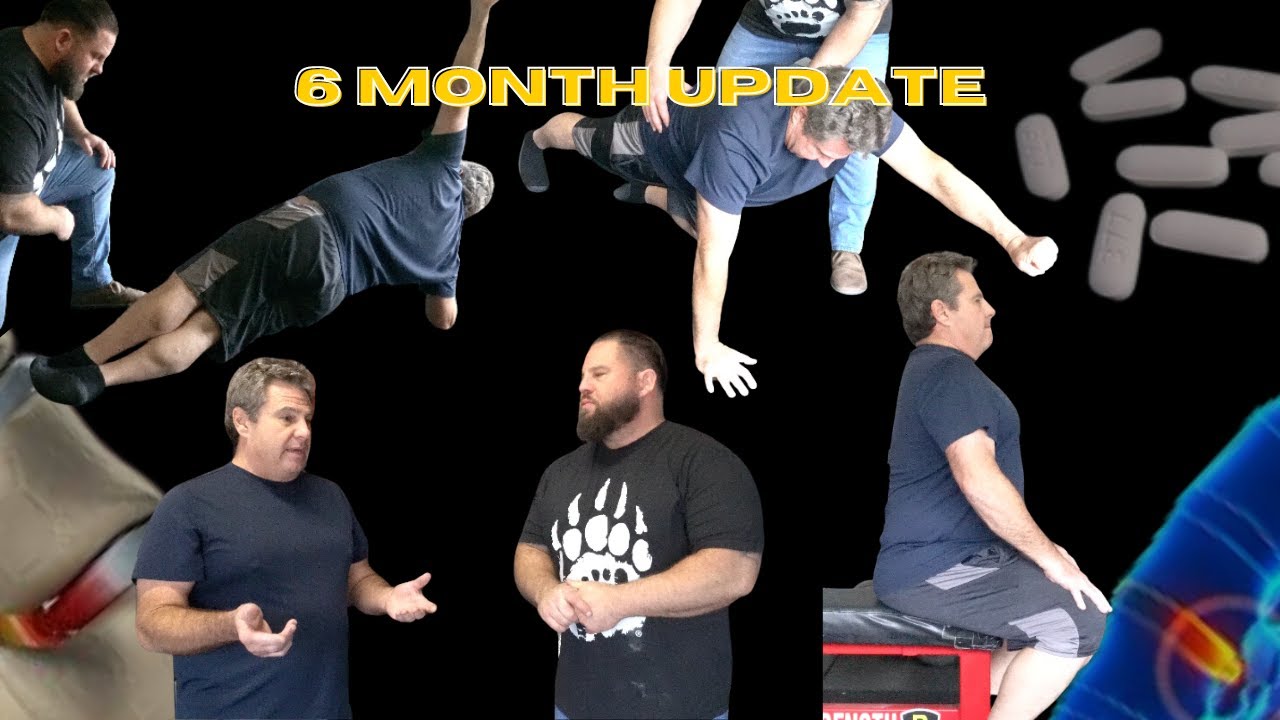
21 Feb New Series: Part 5 Helping my Dad Avoid Back Surgery (35 year veteran Fireman with JFRD) – 6 month follow-up
Part 5, 6 month follow-up
Editors Note: I’ve had the chance to work with many fabulous clients over the years. It’s different when it’s your own Father, and he’s in rough shape, and you can see how much his back injury impacts a life that should be enjoyable as he’s now retired. Helping people with their back pain is not something I take lightly. I’m thankful my Dad has trusted me with his care. I’m not going to put out all of what we went over/and have covered together. There are many reasons for this. One is that I won’t give away all that I know and all that he says and responds to. This is to help you have a general overview of what we did, not a blueprint to follow. Some things we correct and coach off video, and some things get left alone for the cut to leave some ambiguity. For those wanting to learn the process of the McGill Assessment and approach – I highly suggest reading Back Mechanic and Gift of Injury to fill in the blanks and apply what pertains to you.
We spend over 5 hours during the assessments, including the 6m0 follow-up in part 5 of this video.
In this follow-up session, we review how my Dad has been doing, how he’s feeling, and how far he still has to go. We also work on cueing and coaching movements like the hip hinge as we rebuild the foundation. I’m glad he’s doing significantly better, with his tramadol dosage cut down to 1/2 – 1/3 of what it was.
One thing we discuss in this video is the miles on his body from jumping off the fire truck for 30+ years. He’s got some arthritis and some wear and tear. He may be unable to cut out all his meds, but at least he doesn’t need as much. The fact remains that some people have aches and pains that will require medication, especially when dealing with arthritis and such. I’m certainly not anti-medication; it’s necessary for many — mainly when the root cause has been addressed and is exhausted (in some cases). If tramadol can help someone have a better day with their achy knee or back, then great. The problem comes when the root cause is not addressed. It only masks the pain and prevents healing, leading to further damage.
In part 1, we did the interview process and found out what makes him hurt and feel better, as well as his symptoms and pains. In part 2, we do the physical assessment, which I do not show you in this video. However, I show you some essential parts of the evaluation and how we identify his pain levels. We also work on ways to help remedy his pain. The prone shear test helps me identify which level or levels are impacted and potential remedies.
In part 3, we go over the McGill Big 3 and movement patterns, which will help my dad eliminate his pain, then build pain-free capacity to be able to sit without pain, and lower his Tramadol dose as he continues to heal. This is the end of our first session, and video #4 (this video) picks up one month later for the follow-up.
In Part 4, you will see that he is already feeling significantly better but not out of the woods. He’s been able to have some good days and lower his Tramadol dose. There are still bad days which will have to be managed. We build nicely upon this segment and propel him forward for the next six months, where we will finalize this series next week. Still, as we go through the physical coaching & assessment in the following video, the fourth video will be a one-month follow-up, which I find necessary for many clients to review the details. We review movement, flossing, and the big 3 once again. Mastering the basics is what will help my dad. Every assessment is unique.
Brian Carroll
Latest posts by Brian Carroll (see all)
- Quick Rant: Core Exercises - July 26, 2024
- Physical Therapy Fails for Back Pain - July 25, 2024
- Quick Rant: Physical Therapists - July 19, 2024





Sorry, the comment form is closed at this time.